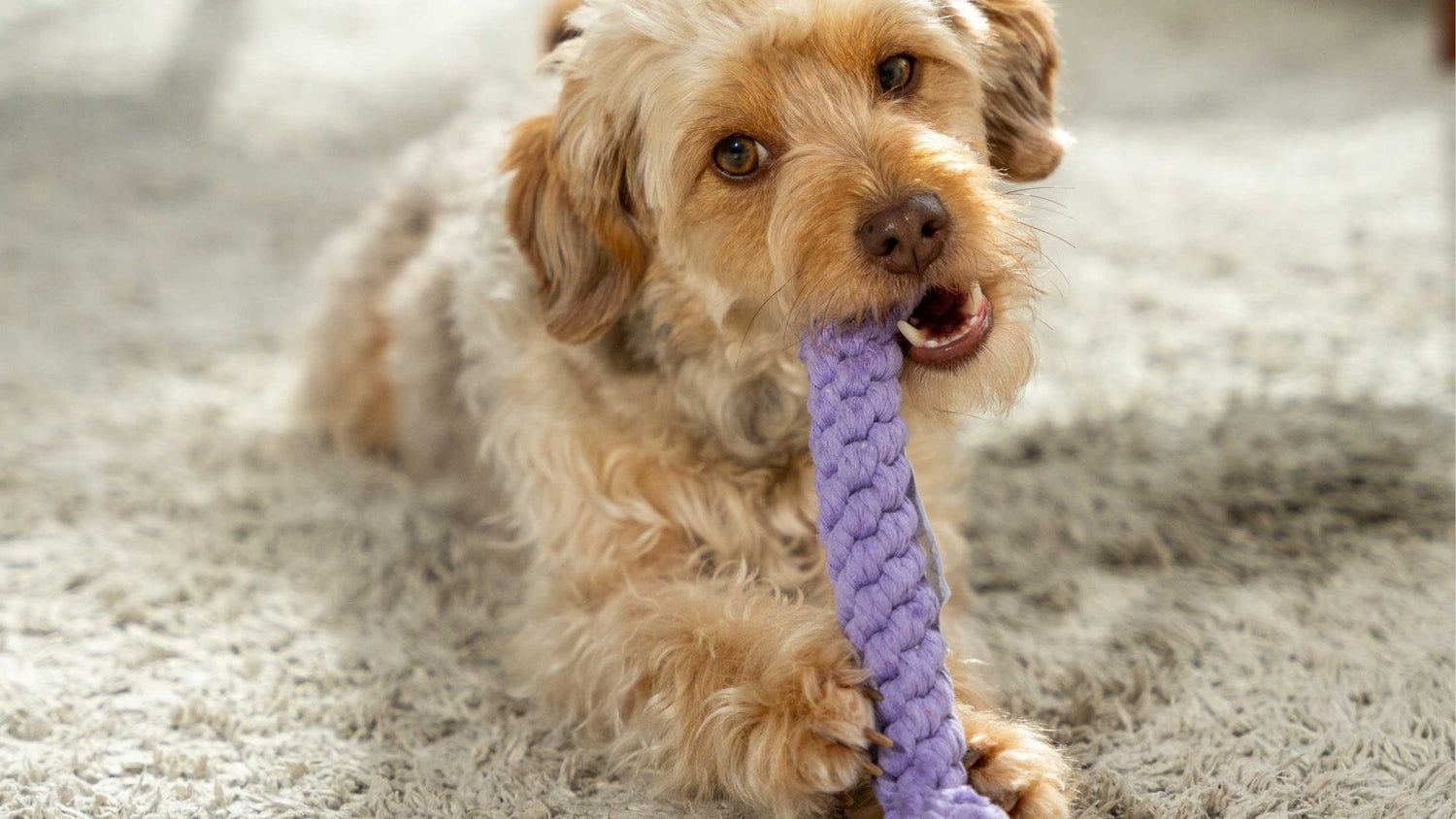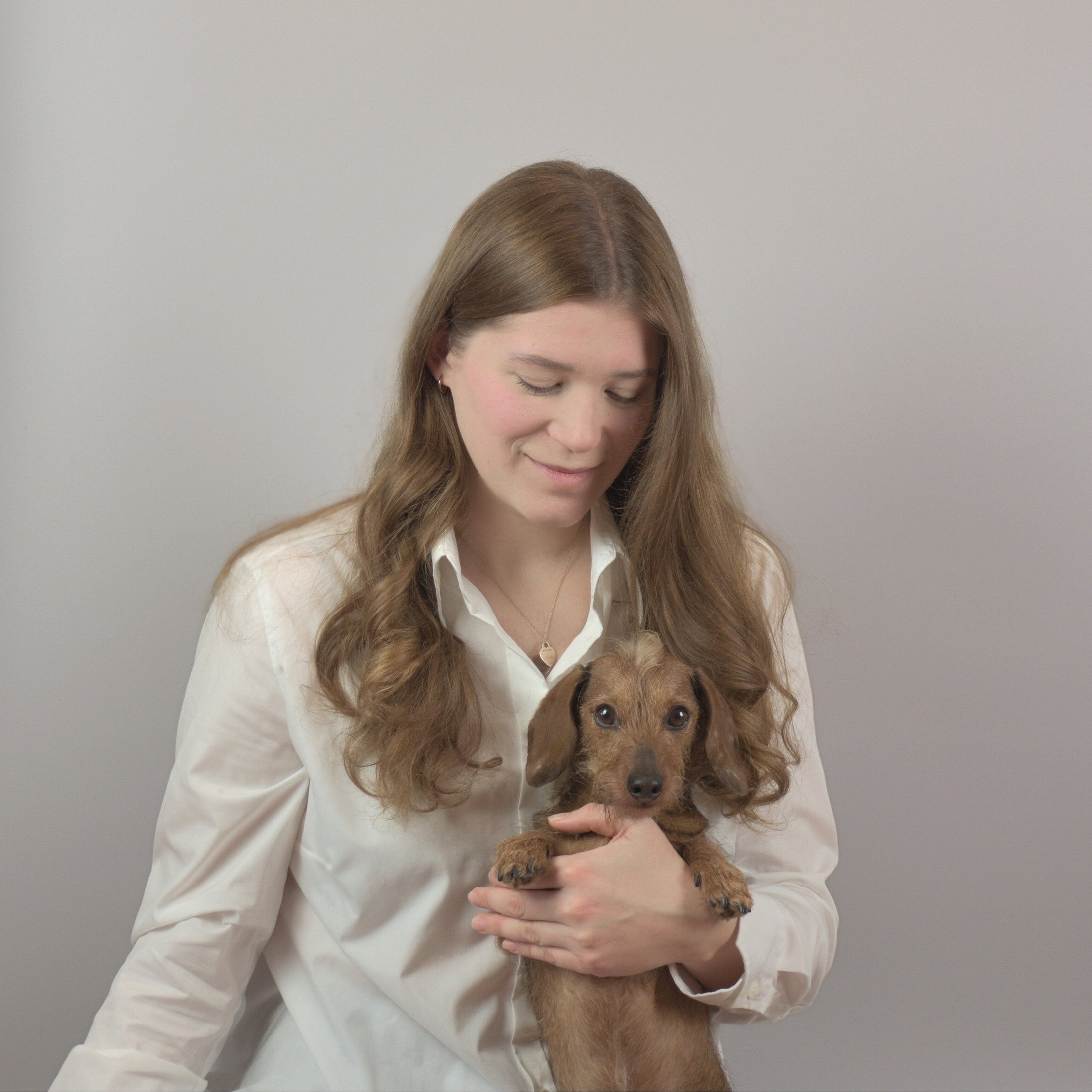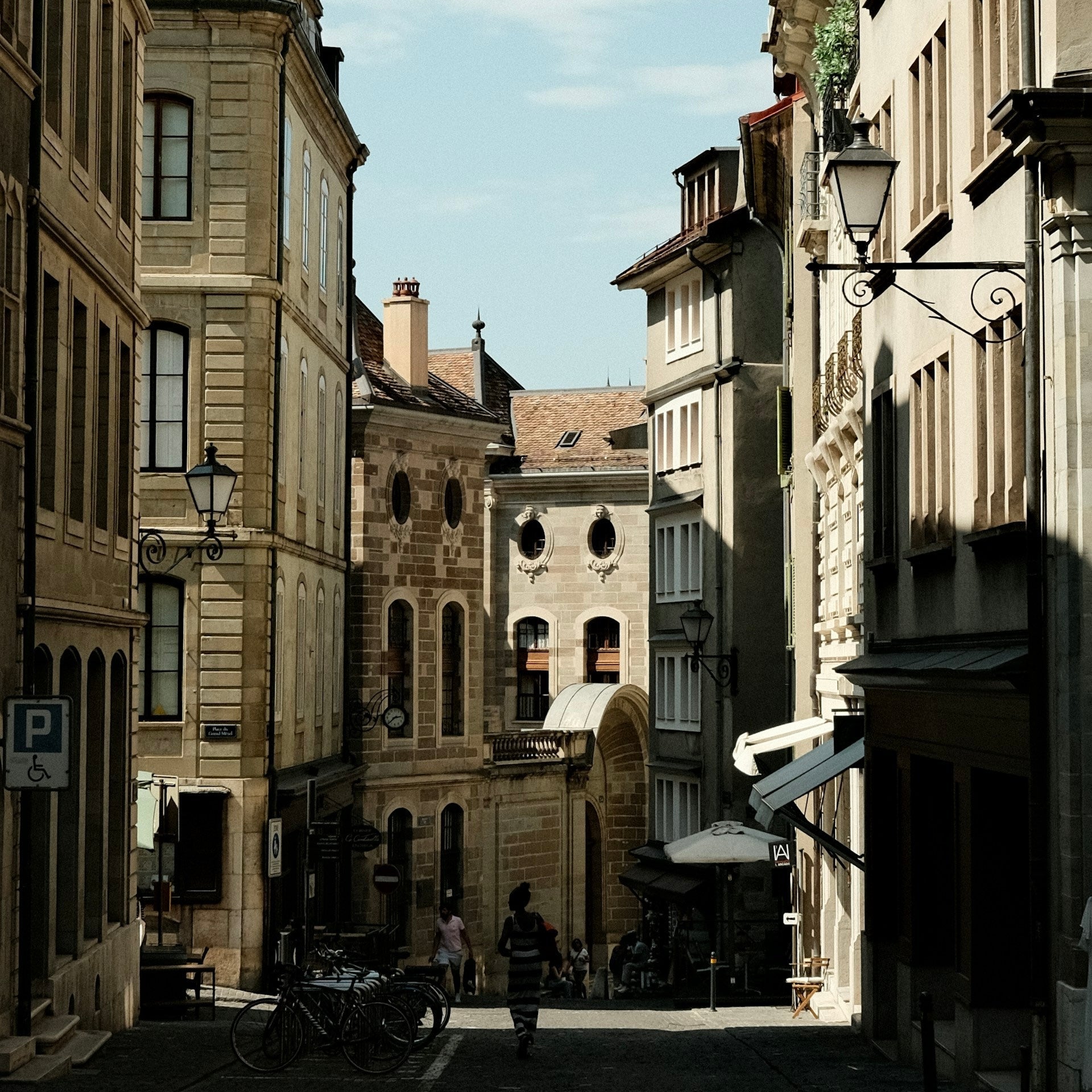Bringing a puppy into the family is an exciting event that brings both joy and responsibility. By being well-informed and prepared in advance, you create the best conditions for a successful start to your life together. A puppy's initial supplies include much more than just food and a place to sleep: You need to consider safety, health, care, training, and financial aspects. At the same time, it's important to provide the little dog with the best possible support during its settling-in period. In this blog post, we'll take a look at all the important points – from initial planning and the right place to sleep, to training tips, sustainable equipment, and frequently asked questions.
Key take-aways:
- Make your home puppy-proof and clarify all necessary documents and insurance early on.
- Set up a comfortable sleeping area, provide sturdy bowls and choose the right dishes.
- Get your puppy used to brushing, grooming, and gentle hygiene products early on.
- Make sure your dog is fully vaccinated, dewormed, and trained with positive reinforcement.
- Plan running costs realistically and choose equipment that is as sustainable as possible.
Table of contents
- Introducing a puppy into the household
- Initial equipment for a puppy
- Care, health and nutrition of puppies
- Training and socializing a puppy
- Costs, sustainability and planning for purchasing a puppy
- Conclusion
- Frequently Asked Questions
Introducing a puppy into the household
Why initial equipment is important
The initial equipment forms the foundation for the coming weeks and months. Especially for a puppy that has just been separated from its mother and siblings, it is essential to feel safe and secure in a new environment. The right initial equipment not only makes the start easier but can also help avoid typical initial problems. The right food supports health and development, a suitable resting and sleeping area gives the puppy a sense of security, while suitable leashes and harnesses have a positive effect on training and safety outdoors. Thoughtful preparation signals to the puppy that its new home is a place where it can relax and build trust. Missing or inadequate equipment, on the other hand, can quickly cause stress – both for the dog and its owners. Therefore, the more comprehensive and structured your approach, the more harmonious the initial period will be.
Basic preparations
Before the new roommate moves in, basic precautions should be taken. This includes puppy-proofing your home. Electrical cords should be hidden or secured, poisonous plants should be kept out of reach, and potential hazards—such as staircases or balcony doors—should be secured. At first, everyday life with a puppy is comparable to that of a toddler: Even the smallest objects could be swallowed or chewed on.
In addition, the following points are essential:
-
Find a veterinarian
Find a suitable veterinary practice in your area early on. Find out about opening hours, emergency availability, and the range of services they offer. It's important that the first vet visit is as stress-free as possible and that you have a good feeling beforehand. -
Clarify papers and insurance
-
Breeders usually provide you with a vaccination record, possibly a pedigree, and other information about the parents' health. Otherwise, the animal welfare organization or animal shelter will issue the vaccination record with all the important information.
-
Check whether dog liability insurance is required in your state or country. Even if it's not mandatory, it's highly recommended.
-
Depending on the breed and budget, surgical or health insurance can be worthwhile.
-
-
Family council and responsibilities
Who takes on which tasks? Especially in families with children, it should be clear who regulates feeding times, who takes care of walks, and who is responsible for keeping bowls and sleeping areas clean.
Top tips for preparing for a puppy in the household:
-
Determine room layout : Where is the puppy allowed to stay and where is he not allowed to stay?
-
Provide grooming equipment : puppy shampoo, brushes, towels, etc.
-
First aid kit : scissors, tweezers, disinfectant, bandages in a small box.
-
Consider the greeting ritual : A calm and clearly structured welcome is also nice for the puppy.
Safe living environment and first impression
Once everything is prepared, nothing will stand in the way of the puppy's first impression. Make sure the first day is relaxed. Avoid large welcoming parties with lots of visitors. The puppy needs time to settle in and process sounds and smells. An overly lavish welcome can overwhelm it.
It's worth providing a sleeping area and a food and water bowl right away. Give your dog the opportunity to explore the apartment or house at his own pace, with you always nearby. This builds trust and reduces potential anxiety.
Initial equipment for a puppy
Sleeping and resting places
A puppy spends a large part of the day sleeping. Therefore, a suitable sleeping place is essential. Many dog owners ask themselves whether a basket or a crate is more useful. In general, both can work well. A transport crate has the advantage of keeping the dog safe while on the go and also providing a place to retreat. A basket, on the other hand, is more open and allows the dog to socialize more easily. Above all, it is important that the sleeping place is warm, quiet, and free from drafts. Don't place the sleeping place too centrally: A spot right next to a noisy door or in the hallway where people are constantly passing by can make the dog restless. At the same time, the basket or crate shouldn't be completely isolated – the puppy should be able to see and hear you so that it feels secure. Some people combine both options: a crate for traveling or as a place to retreat to, plus a cozy basket for relaxing during the day.
Food and water bowls
In addition to a sleeping area, food and water bowls are an absolute must. It's not just about design, but above all about hygiene and practicality. Stainless steel bowls are easy to clean and robust, while ceramic bowls are more durable and sturdy. Plastic bowls can scratch more easily and are more susceptible to germs.
The bowl size should be appropriate for the puppy. A bowl that's too large can be intimidating, especially at first, but one that's too small will quickly become too cramped once the dog grows a bit. Also, make sure the drinking bowl is always filled with fresh water and easily accessible.
Leash, collar and harness
Getting used to a leash, collar, or harness early on pays off. Puppies need to learn from an early age that putting on and wearing a harness or collar is normal. Many people wonder which is better: a collar or a harness? A harness distributes the tension more evenly across the dog's chest and protects the sensitive neck area. A collar, on the other hand, can be put on more quickly and is sufficient for many short walks. The important thing is that everything fits well and the dog is not constricted. Collars that are too tight impair breathing, and harnesses that are too loose can become a safety risk if the dog slips out of it. If necessary, seek advice from a specialist retailer and pay attention to good quality.
Transport and safety on the road
If you're traveling with your puppy in the car, you need a safe means of transport. A sturdy transport box secured in the trunk or back seat (with a seatbelt) is often the best solution. Alternatively, you can use a dog harness, but the dog should be wearing a well-fitting harness to avoid injury.
There are also transport baskets or trailers for bicycles, but you should be careful: Not every puppy feels comfortable in a trailer or basket. It's important to get used to these modes of transport gradually. For public transportation, practice well in advance. Short test rides away from large crowds will reduce your dog's fear and build trust.
Care, health and nutrition of puppies
Care and hygiene
Even if many puppies appear very clean at first, basic grooming equipment is part of everyday life. This includes brushes, combs, nail clippers, paw wipes, and a suitable puppy shampoo. Grooming is particularly essential for establishing a positive routine early on. Many dogs enjoy being brushed if they are introduced to it gradually. When purchasing grooming products, pay attention to quality and whether they are suitable for puppies. In addition to grooming, the ears, eyes, and teeth should also be checked. There are special cleaning fluids for the ears that are available from pharmacies or veterinarians. The eyes should be clear, with no discharge or redness. Teeth can be brushed from the start with a special dog toothbrush and toothpaste to reduce later problems (e.g. tartar). Claws should only be trimmed when necessary – it is best to have your veterinarian show you how to do this so as not to injure the nerve inside the claw.
Health and prevention
A puppy's health depends largely on proper preventative care. Regular veterinary visits are essential. The vaccination record usually indicates when the next vaccination is due. Common vaccinations include rabies, distemper, hepatitis, parvovirus, and leptospirosis. Depending on the region and living conditions, additional vaccinations may also be advisable. Parasite prevention should also be considered early on: ticks, fleas, and worms can quickly become a problem for young dogs. Many medications are suitable for puppies and can be taken orally or applied to the skin. Talk to your veterinarian about the best options.
Nutrition and feeding plan
Choosing the right food is a controversial topic in the dog world. Dry food is convenient to store and measure, wet food is often perceived as more palatable, while BARF (Biologically Appropriate Raw Food) and home-cooked meals have also gained popularity. Each option has its advantages and disadvantages, which we summarize in the following table:
| Feed type | Advantages | Disadvantages |
|---|---|---|
| dry food | - Practical storage and dosage - Often cheaper - Dental care effect with the right size |
- Can lead to dehydration more quickly (if little is drunk) - Quality varies greatly depending on the manufacturer |
| wet food | - Higher moisture absorption - Often more intense taste |
- Higher costs - More complex storage (cans) |
| BARF (raw food) | - Natural ingredients - Individually customizable |
- Time-consuming (preparation) - Risk factor germs if handled improperly |
| Home-cooked meals | - Control over ingredients - Often very digestible |
- Requires extensive nutritional knowledge - Time-consuming and costly |
Puppies have higher energy requirements than adult dogs, but they also need high-quality protein and nutrients for healthy growth. A rough guideline is three to four meals a day, which can later be reduced to two. It's important to regularly adjust the feeding schedule to the puppy's current size and activity level.
Training and socialization of a puppy
Basics of puppy training
Training begins from day one, because puppies are constantly learning. Patience, consistency, and positive reinforcement are the most important tools. Scolding or even physical punishment are counterproductive and can significantly damage a dog's trust. Instead, focus on rewarding desired behavior.
One of the most basic goals is house training. Your puppy should learn to relieve itself outside. To achieve this, it's recommended to take it to a quiet place regularly—especially after eating, drinking, playing, and sleeping. If an accident does occur indoors, you should remain calm and clean it up without comment.
First commands like "sit," "down," and "stay" can be introduced playfully. With small treats and clear hand signals, the dog will quickly associate the command with the desired behavior. Here, it's better to use short training intervals (e.g., two to three minutes) several times a day than one long session that overwhelms the puppy.
Socialization in everyday life
In addition to training, socialization is a key aspect. The puppy should be introduced to different people, other dogs, different environments, and everyday noises from an early age. This begins with short walks in the neighborhood, visits to friends, and ends with the first trips into the city center, where the dog may encounter larger crowds.
It's important not to overwhelm your dog. If he shows signs of stress like heavy panting, shying away, or whining, you should stop the situation or retreat to a quieter area. This will gradually build your puppy's confidence as he learns that new situations aren't necessarily bad.
Important steps in socialization:
-
Getting to know other dogs : Best in controlled environments with confident companions, e.g. in a well-run puppy school.
-
Practice everyday noises : Loud music, doorbells, vacuum cleaners – all of these should be introduced slowly.
-
People of different age groups : children, elderly people, people with walking aids – diversity helps against later fears.
-
Different surfaces : grass, gravel, asphalt, steps, bridges – this is how puppies learn to walk safely.
Play and activities
Play and activity are not only fun, but also training. When playing with humans, dogs learn to pay attention to signals and respect boundaries. Intelligence toys can provide additional mental stimulation: for example, food balls, sniffing mats, or puzzle toys that require the puppy to sniff out its food and trigger small mechanisms.
An important principle: Playtime is learning time. Overly wild tugging or biting games should be controlled to teach the puppy to be gentle. This strengthens the bond and avoids misunderstandings. The right amount of physical and mental stimulation contributes significantly to raising a happy and well-adjusted dog.
Costs, sustainability and planning for purchasing a puppy
Budget and running costs
The initial cost of a puppy—whether from a reputable breeder or rescue—can vary greatly. However, ongoing costs often add up and are often underestimated. Food, toys, insurance, vet visits, vaccinations, and possibly dog training or training sessions add up regularly.
Even if you try to keep everything as inexpensive as possible at the beginning, it can become more expensive in the long run if, for example, cheap food leads to health problems or poorly made accessories need to be replaced frequently. Therefore, a realistic cost plan is a good idea. Allow for a certain amount of buffer each month. Especially at the beginning, expenses for additional examinations or vaccinations may arise that you may not always consider.
Sustainability and environmental awareness
Many manufacturers have now recognized that there is also growing interest in sustainable, environmentally friendly products in the dog sector. There are baskets made from recycled materials, biodegradable poop bags, and food made from organic or insect protein sources as an alternative to traditional meat.
However, not everything that sounds sustainable necessarily is. Find out about production conditions, ingredients, and certifications. Toys, especially those made of cheap plastic, can break quickly. A high-quality, durable toy made of natural rubber or fabric is often not only more ecologically sound but also more cost-effective in the long run.
In the food sector, more and more suppliers are focusing on transparency. Pet foods without unnecessary fillers, preservatives, and artificial flavors are becoming increasingly popular. A quick look at the labels can help you find products that meet your environmental awareness standards.
Tips for future challenges
Whether it's a growth spurt, teething, or the first stages of puberty—puppies and young dogs face many challenges that also impact the lives of their owners. A well-thought-out plan can help you stay on top of these turbulent times.
-
Checklists : Make lists in good time for upcoming vet appointments, vaccinations and deworming treatments.
-
Calendar : Schedule regular exercise, training sessions, and socialization sessions.
-
Continuing education : Use books, online courses or dog training schools to stay up to date.
-
Network : Connect with other dog owners. Many communities and cities have dog clubs or regular meetings where you can network.
With foresight and a certain degree of flexibility, you can address your dog's different developmental phases without becoming stressed. And always remember: setbacks are part of life. A relaxed approach to these things will rub off on your dog and promote your mutual development.
Conclusion
The initial equipment for a puppy is much more than just a short shopping list. It includes thoughtful preparation, the appropriate safety and care equipment, a balanced diet, and a clear plan for training and socialization. If you also keep an eye on your budget and sustainable alternatives, you not only create the optimal foundation for your dog's healthy upbringing but also act in an environmentally friendly manner. From choosing a sleeping place to the first training sessions: every step in your daily life affects the future relationship between human and dog. With patience, empathy, and the right equipment, you lay the foundation for a harmonious life together in which both sides grow and enjoy themselves.






